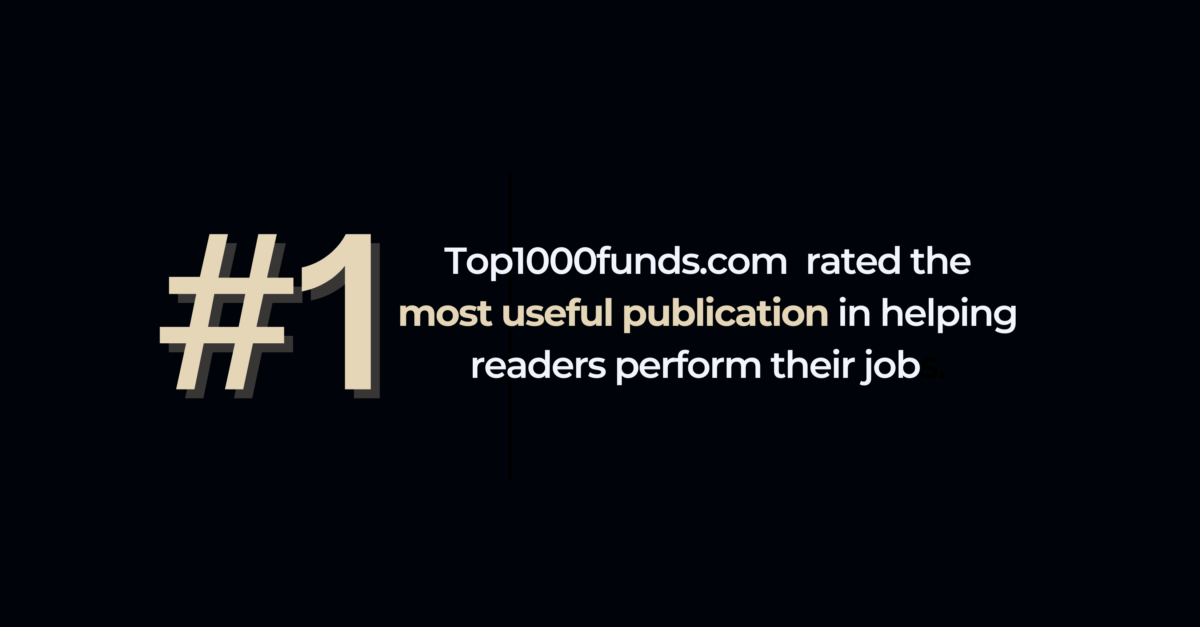The balance between the allocating to the right number of asset classes and over-diversification is a concern for pension fund investment executives and committees. A new paper by professors at the US Air Force Academy examines the relationship between fees of diversifying asset classes and their diversifying benefits. The paper finds that, in many cases, extra fees completely overwhelm the diversification benefit of that investment.
One of the implications for investors to come out of the paper is that it may not be best practice to separate asset allocation and manager selection and investment vehicle discussions.
“Too often, fees change the relative attractiveness of diversifying asset classes. Fee levels need to be part of asset mix decisions and strategic asset allocation,” the paper says.
In particular the analysis suggests the need for sceptical and fee-aware scrutiny of hedge funds, private equity, narrow mandates in public equity, and global bonds.
“By comparing the incremental benefit of diversification with the incremental cost, we show many seemingly attractive investments become unacceptable as diversifiers. We also show that fees re-arrange the relative attractiveness of many diversifying asset classes.”
Instead, the authors say, investors might be wiser to increase their equity allocation than to seek additional returns from diversification to expensive alternative assets.
To access the paper click below
Fees eat diversifcation’s lunch



